Rayvenn Shaleigha D’Clark is a London-based sculptor, writer, researcher, and curator whose works have been exhibited alongside the likes of Tracey Emin, Ai Wei Wei, Joseph Beuys and Banksy.
Formerly a lecturer at University of the Arts London and with three permanent, public art commissions in the United States and a number of works exhibited across London galleries, D’Clark has made a venerable name for herself on the international art stage.
Her work acutely and creatively captures something of our time: bridging the dissonance between tradition and technology through her unique process. D’Clark’s practice is a playful approach, one that marries digital and artisanal techniques to create sculptures that oscillate between hyperrealism to more classical renderings of the human form.
Driven by an ambition to creatively inform and question the status quo – the industry’s historical underrepresentation of Black artists, specifically women of colour, as well as the economic challenges facing many of today’s artists – D’Clark’s work seeks to celebrate her anonymous peers and commemorate the individuality of hidden figures in the public realm.
We speak to Rayvenn about her work, process, ambitions, and inspirations including where it all started, how she got to where she is today and about breaking the mould in an industry that is often inaccessible.
How would you describe your career journey to date?
Up until this point, I have done nearly every job imaginable. There was always an understanding in my family that ‘you have to work’ – my grandmothers came from Guyana and Jamaica and worked incredibly hard, making huge sacrifices so that we could do what we wanted with our lives. There was always a voice in me saying, ‘I am going to do something that makes you proud but, also, something that I love.’
Was there a moment in your childhood that inspired you to pursue a career in the arts?
There was no one moment, really. I was always drawing in lessons in primary school and was very lucky to have parents and grandparents who were supportive. I was always encouraged by my family and my dad was the one who later told me, ‘you should really call yourself an artist’.
What, to you, makes you an artist?
I think I am an innately creative person and access to self-expression is important, I think it’s just a very necessary part of life. I could never do a nine-to-five job and the multiplicity of my life is a real joy. When it came to deciding what I wanted to do for a living, the ability to curate my life in a way that I wanted was important to me. The fact that each day is different is so exciting. Being an artist doesn’t necessarily mean making a piece of art every day. There is a huge amount of time that goes into the conceptualisation and I have to remind myself that it’s okay sometimes to just not know, often that gets revealed in the process.
My family has always been very supportive, and that enabled me to pursue my Bachelors and then a Masters in Fine Art at Central Saint Martins and Chelsea Collage of Arts. I suppose this is where I was able to really start investigating and developing my creative process as an artist, trialling various visual mediums and discovering my fascination with the human form – especially the face – which would later start to form the mask-like tridimensional sculptures I create.
You have a very unique process with your sculptures, combining the use of new technology with traditional, artisan processes. Can you tell us a little more about this?
I started university being very painterly and sketching a lot. Then, I decided I wanted to do something more tactile. I stumbled upon body casting on YouTube, which led to my first sculpted piece – Untitled 2016. I really liked the silicone element of body casting but it’s very time intensive so I turned my focus to 3D scanning.
In the early days, I would save money each month and buy little things along the way. I bought my first 3D scanner second-hand. When I joined the agency [MT Art Agency], I started to become interested in what technologies I could take advantage of and, as I started selling more work, I would invest in more technology and software.
At the same time, I would go to a lot of foundries and speak to technicians about how we could incorporate more non-traditional techniques into bronze casting to achieve a desired effect, for example, how 3D modelling can be used as a foundational tool to build the required maquette (a maquette is a three dimensional object made as a preparatory study for a full-sized sculpture). I am now the very proud owner of a 3D System Touch™ Haptic Arm, which simulates clay in 3D sculpture and my 3D printer, a Creality CR-10 MAX.
You have been incredibly successful at an early stage in your career. What do you attribute your success to?
I don’t chase glory in what I do. I don’t seek to say ‘I’ve made this amazing thing from start to finish’ – I like working with creators and designers who are experts at what they do as part of the process. It is also such a joy to work with people who really know what they are doing. There’s a magic in bringing people together and working with different makers and artisans.
Your recent sculpture, Evonne with an ‘e’ (2023), was just acquired by The Groucho Club. It’s emblematic of the personal, political, and technical aspects of your work – can you tell us more about the piece and how you created it?
Evonne with an ‘e’ is a rendering of my grandmother, Evonne. The piece is an ode to remembrance; to grasp on to and carry forth the memories of a life well lived, to prevent it from being taken away or forgotten.
Evonne with an ‘e’, 2023 – Rayvenn Shaleigha D’Clark
I created it from her bedroom in Luton. I came along with my 3D scanner and she sat there in her big throne, with her bonnet on and her night dress. She is 86 now and can’t quite conceptualise what I do, but it felt fitting to capture her in her natural habitat. Her eyes were closed because she was scared of the laser bouncing off them, but I love how that gives the piece a more thoughtful aspect. I was talking with my friend at the pub the other night and, reflecting on her closed eyes in the sculpture, we were both saying, ‘the things they must have seen!’
The piece itself is a highly polished bronze casting; you have a special machine to achieve the finish. It is hard to get in around the wrinkles and crevices so you can’t quite achieve the same high shine, but I liked the texture this created in the end, it sort of has this quality of a three-dimensional deconstructed portrait.
Where does the line lie for you between art and the use of technology?
It’s tricky, a lot of it has been my conception and I think there is a lot of power in using technology to create art. I’m often thinking of the practicality of it, asking ‘what would work best?’ I don’t claim to know everything when it comes to technology, but I think there is something very entrepreneurial about using it in a creative capacity. Having said that, there is definitely a more intricate aspect to creating, that technology is not always best for. Sometimes you have to hand it over to someone else who can do a better job of it.
I love when projects come together in that way. Communicating something that was in my head to other people and seeing it come together through different tools and mediums. You can really build something great when you bring likeminded people together and, in doing so, you build connections.
What gives you the drive to continue pursuing this as a career?
I have, what I would call, real Border Collie energy (laughs). For me, doing nothing is always quite painful. Right now, it is very much serving me and I’m enjoying it.
What is the biggest lesson you have learnt through your career to date?
That there is no such thing as a silly question.
Who are your biggest inspirations?
My paternal grandmother from Guyana – who I was partially raised by – is one of my biggest inspirations. She has had a pretty crazy life; she came from Guyana on a boat, on her own, then worked for the Met Police and worked with the high commissioner. She always looked after everyone so instinctively and is so knowledgeable about things – she is always reading and is weirdly good at crosswords, she also enjoys knitting and cooking. She has just done so many things with her life.
What’s your go-to uniform?
Anything oversized and comfortable. As the mainstay of my practice is digital design work, I am sat behind multiple screens, so it is important to be warm and comfortable for long design days. When I am on-site, my neon pink dungarees are a go-to uniform.
Can you describe your workspace for us?
My workspace doubles as a home studio and has been since lockdown in 2020. I enjoy the fluidity of working from my desk with multiple screens or my sofa with my laptop, surrounded by my pets (one dog and three cats) and plants.
Identify something in your workspace that’s special to you?
I have a shelf of ‘baby busts’ which memorialise all the past project designs and every time I see it, it is a reminder of how much my practice has grown and how many wonderful projects I have been blessed to be a part of.
Work takes you most frequently to…
My Google Drive (!) and the plethora of sub-folders that only I can navigate.
What is the most rewarding part of the job?
Seeing the joy in clients’ faces when we reveal final artwork designs, or upon completion of a project when we can reflect upon how the project exceeded expectations.
And the most challenging part of your job?
Tight deadlines and small budgets, but I pride myself and my agency on being creative in all aspects of project building.
What are you reading, listening to and watching at the moment?
I’m reading What Is Black Art, edited by Alice Correia, watching: Everything – The Real Thing Story about four working-class boys from one of Liverpool’s toughest neighbourhoods who went on to become Britain’s most enduring soul and funk act ever. And I’m a big podcast fan – I’m a bit of a true crime fiend and my partner will come home to find me listening to these horrifying stories.
What inspires you visually or otherwise?
I find a lot of inspiration in my academic practice, I am studying for my MA in Art, Design & Communication and was formerly lecturing on a cultural and historical studies course at the London College of Fashion.
What would you like to see change about the art industry?
I think payment in the industry is a big one. There was a recent report that revealed the median hourly salary for UK artists in the public sector is £2.60 per hour – unpaid labour and systemic exploitation have become the norm and that needs to change. I get so many emails saying ‘I love your work’, and people wanting to commission a piece, but they often want to see some kind of design before committing to spending, which always means cost has occurred on my side without any commitment to purchase which is not viable within my practice. As an artist, you spend so much time and emotional energy conceptualising and staying in that preliminary phase – and you learn a lot through that – but you are also trying to economise that time. I think artists need a preliminary fee to cover the cost of their mental expenditure. Now I have the agency, I feel emotionally supported in that regard. It frees up the necessary headspace to create worthwhile work.
We may earn a commission if you buy something from any affiliate links on our site.

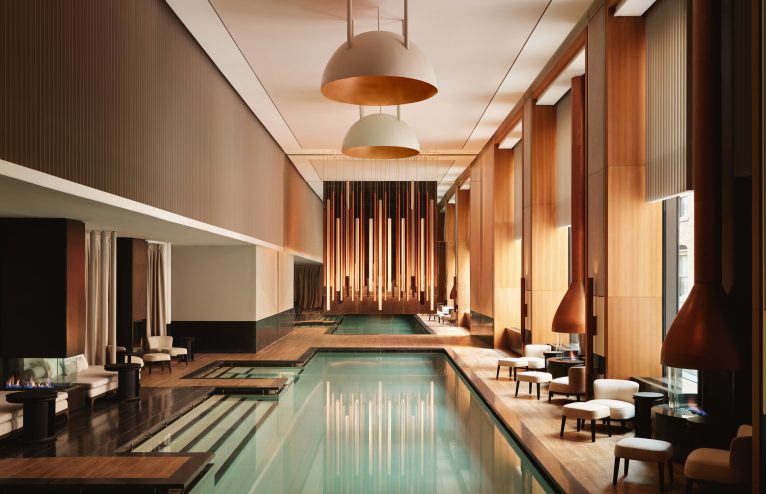

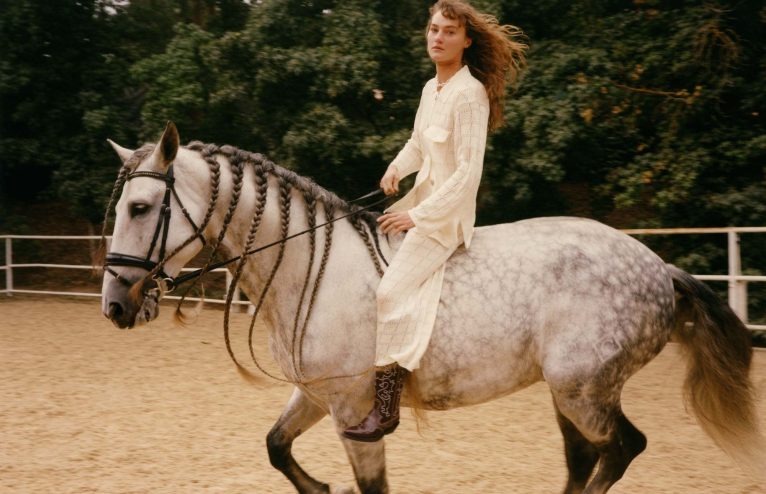
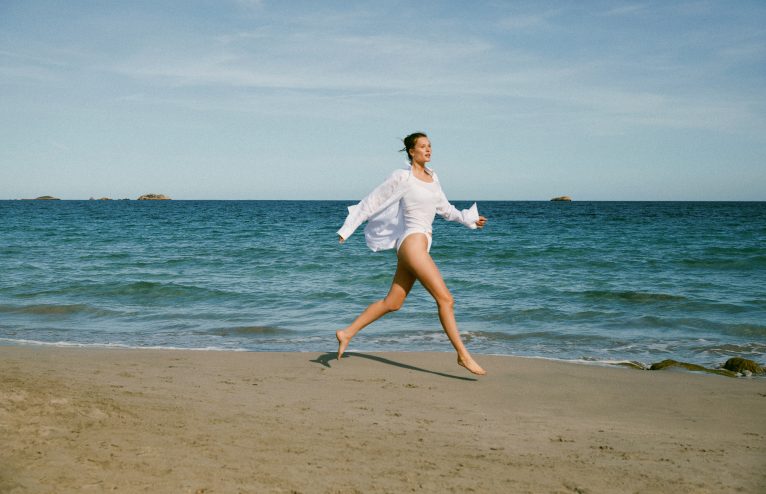
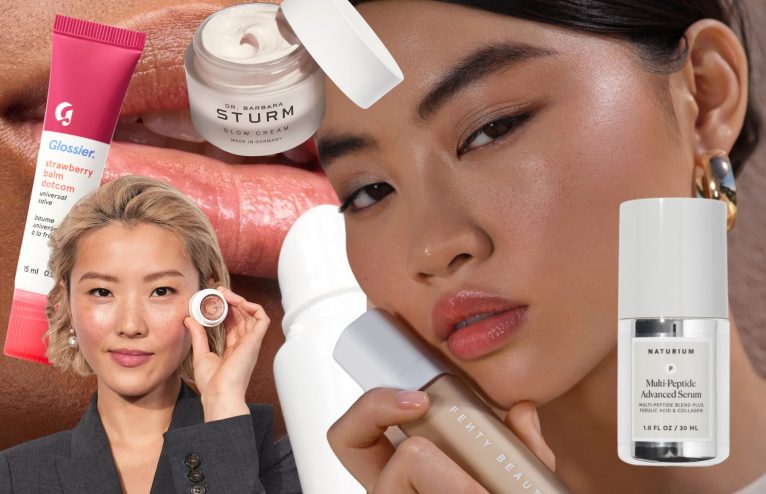
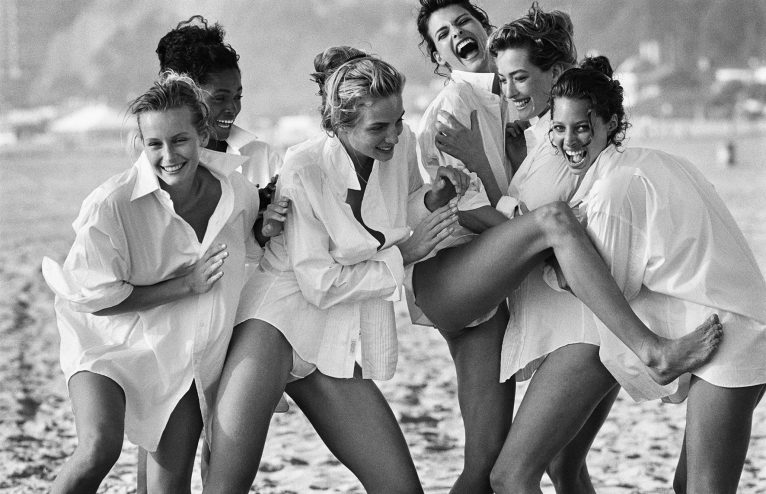
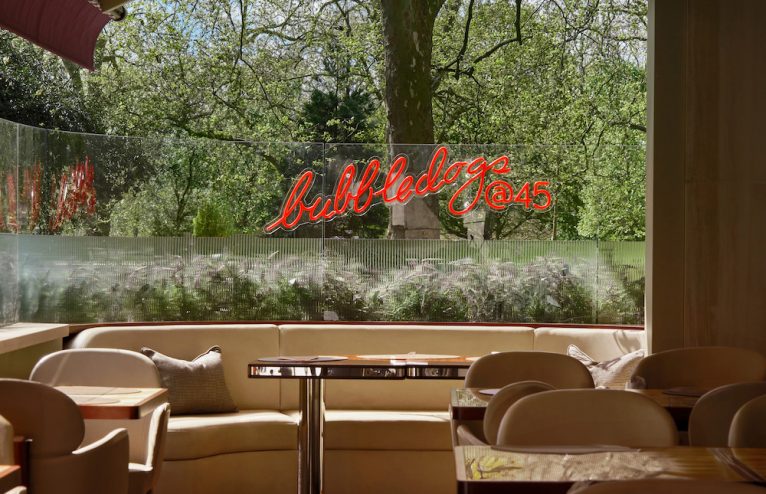
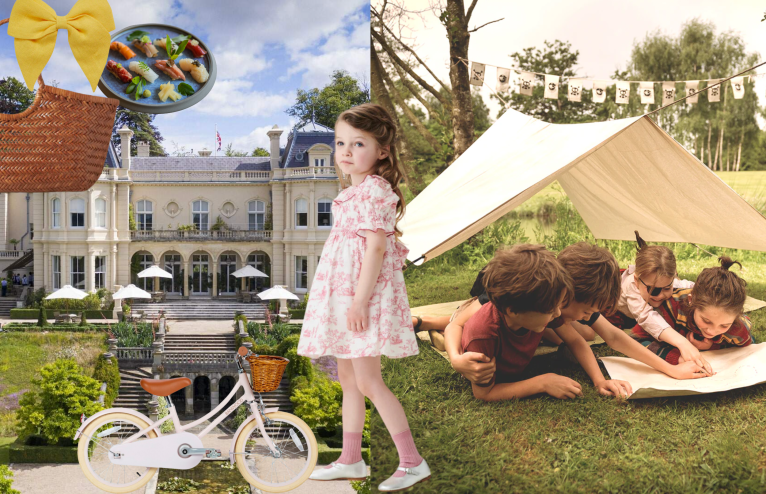
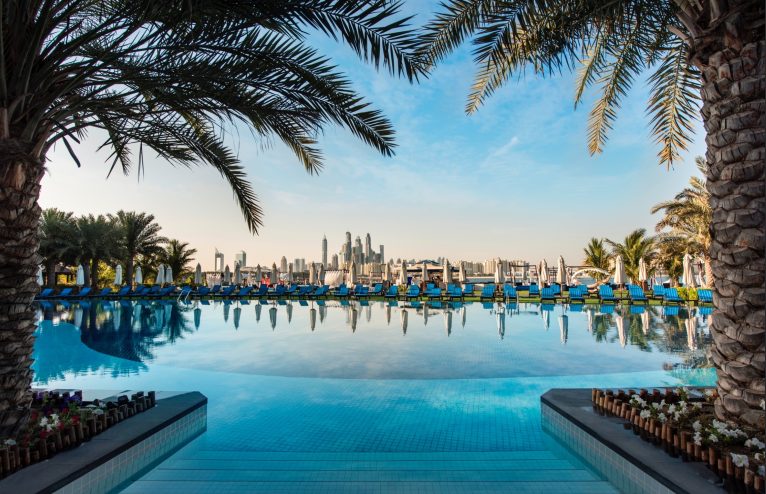





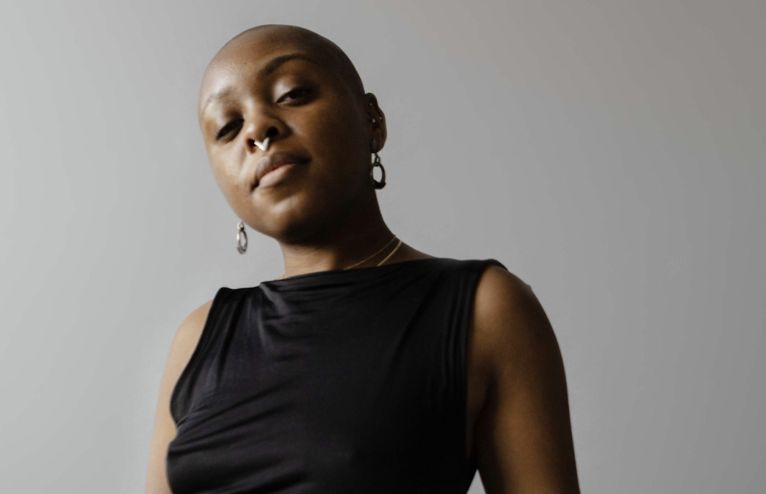
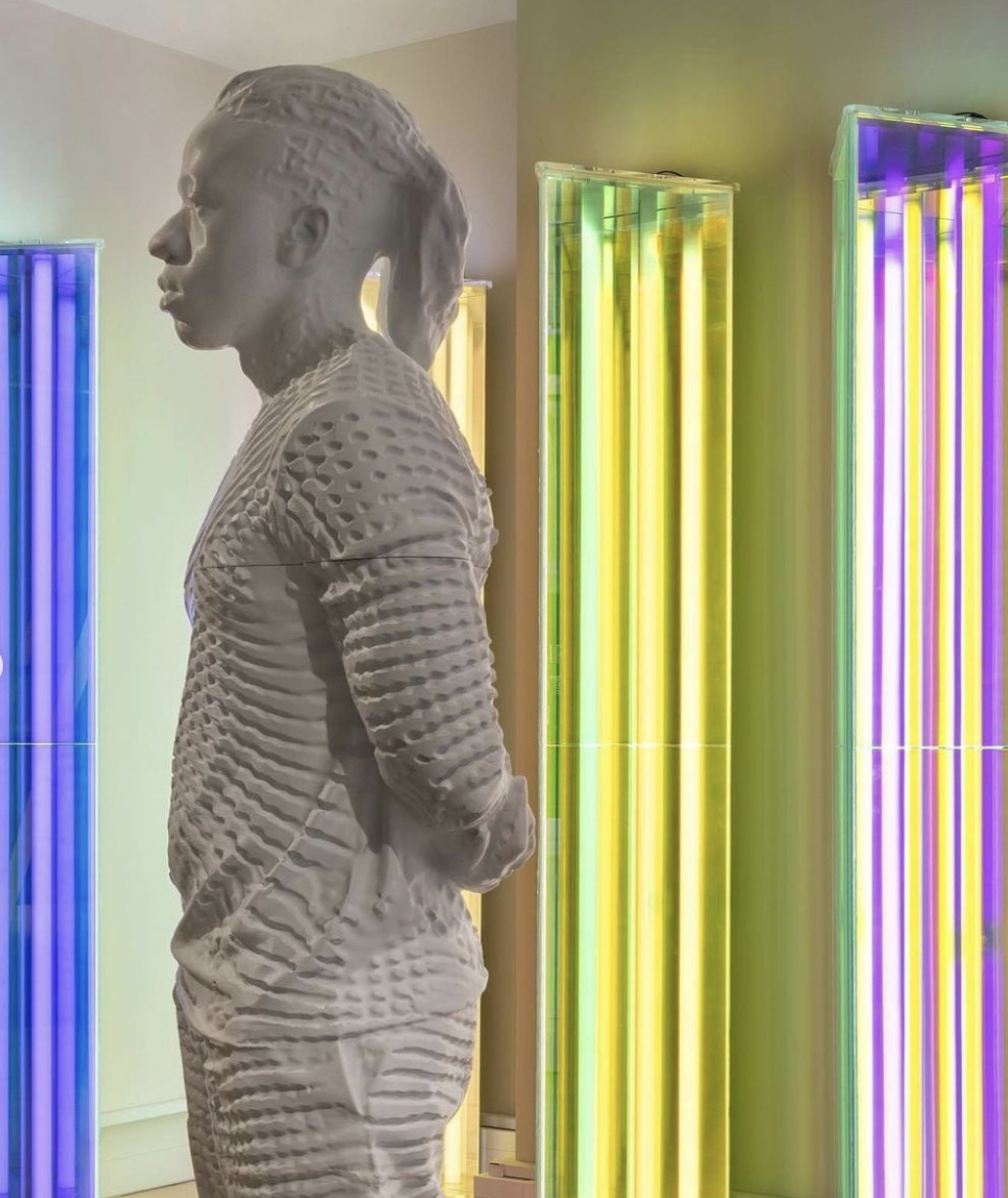
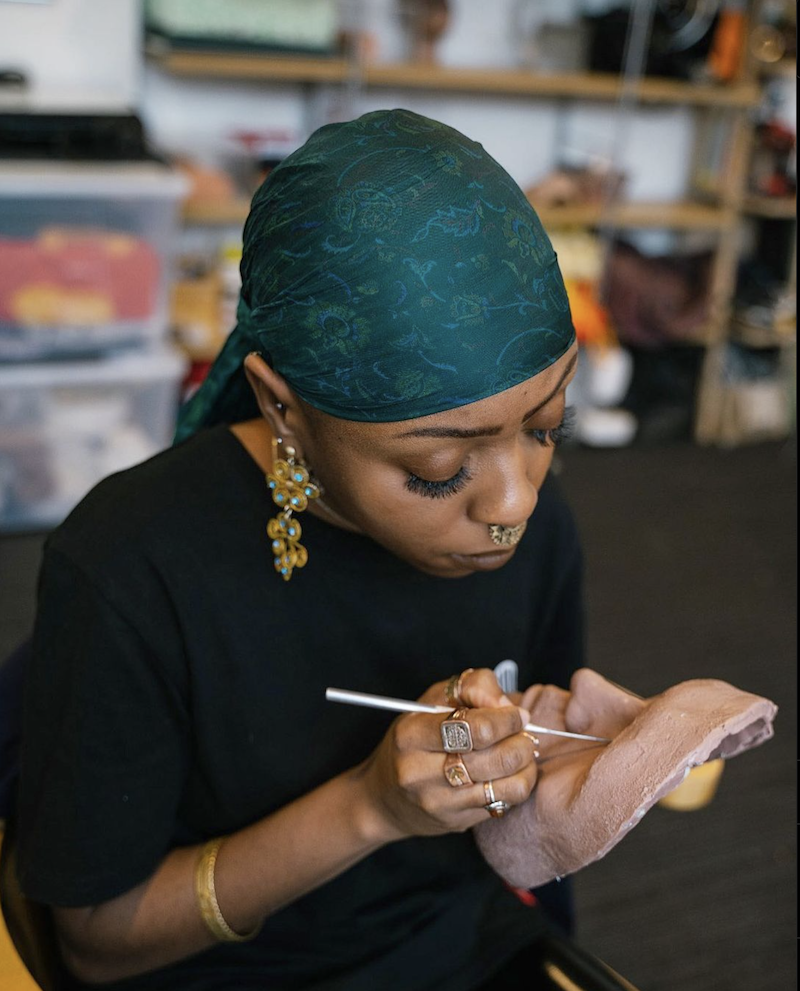
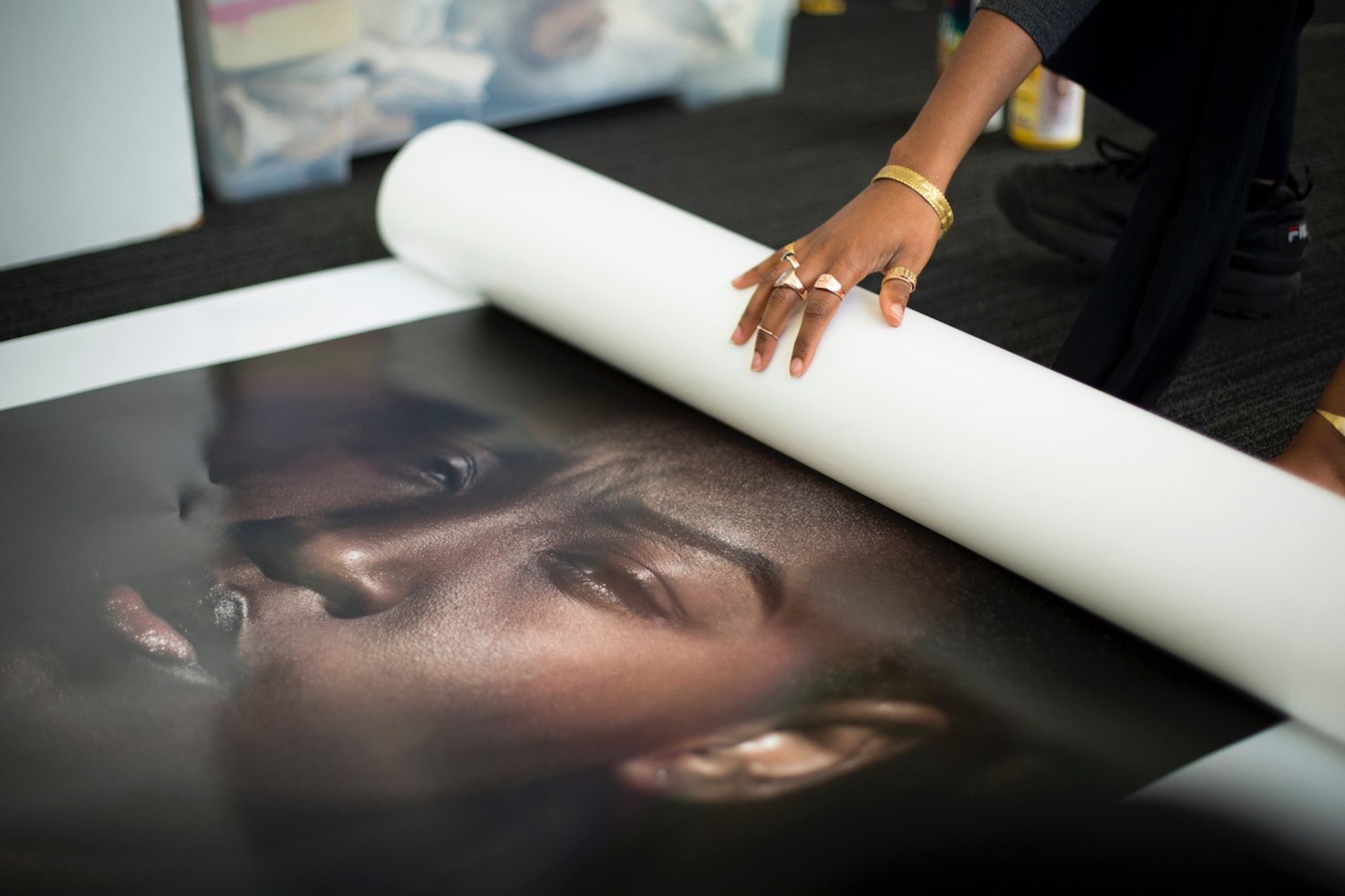
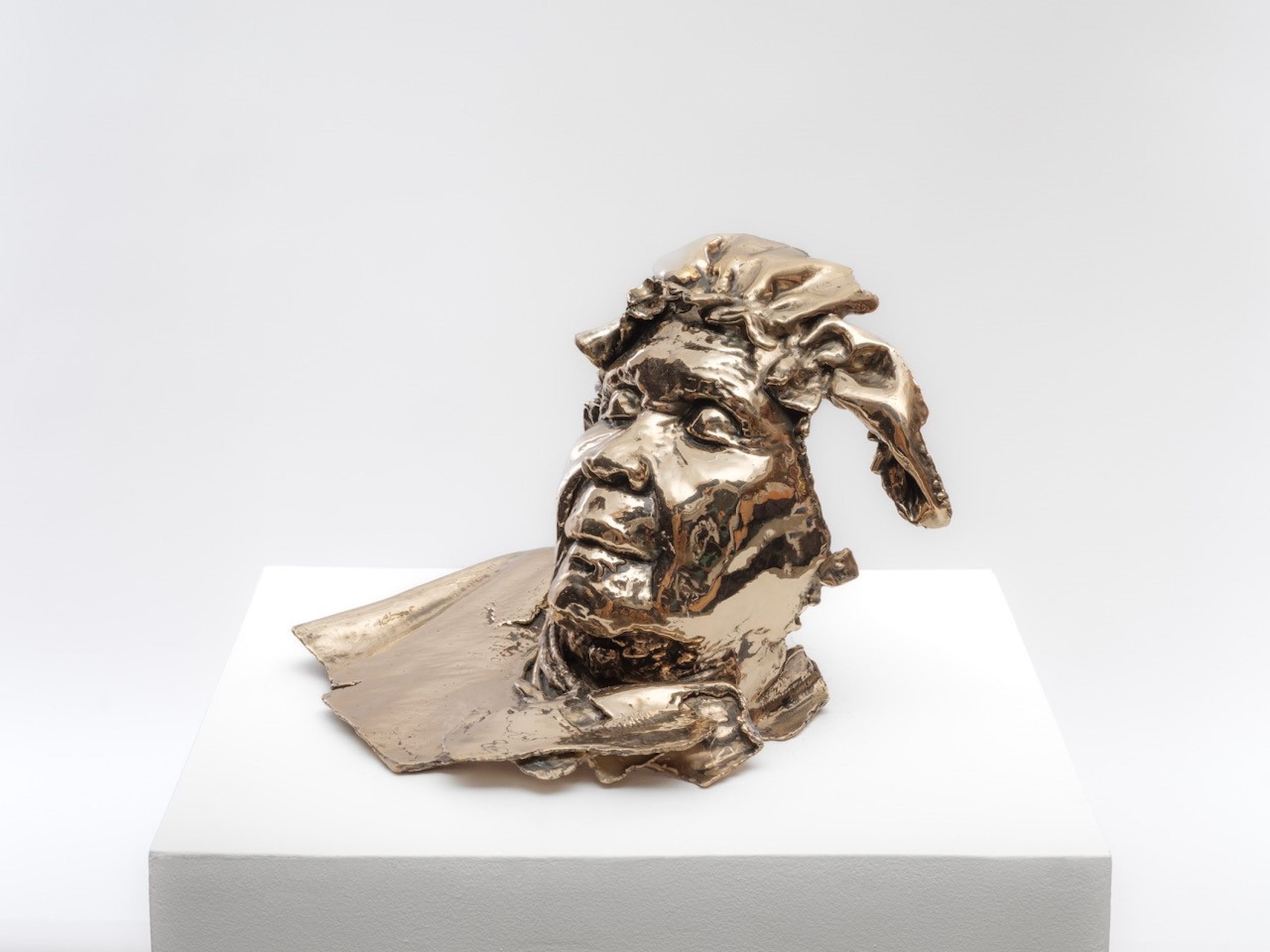
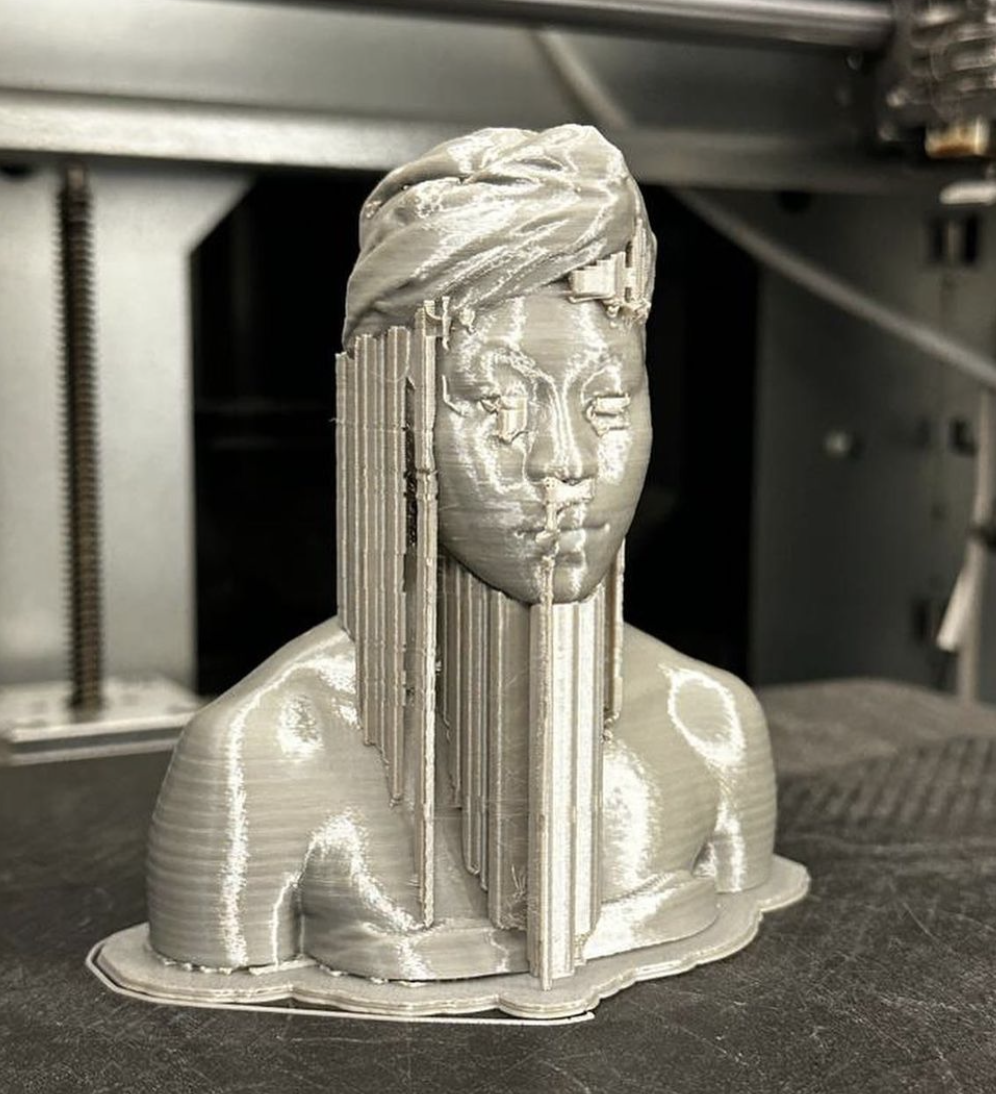
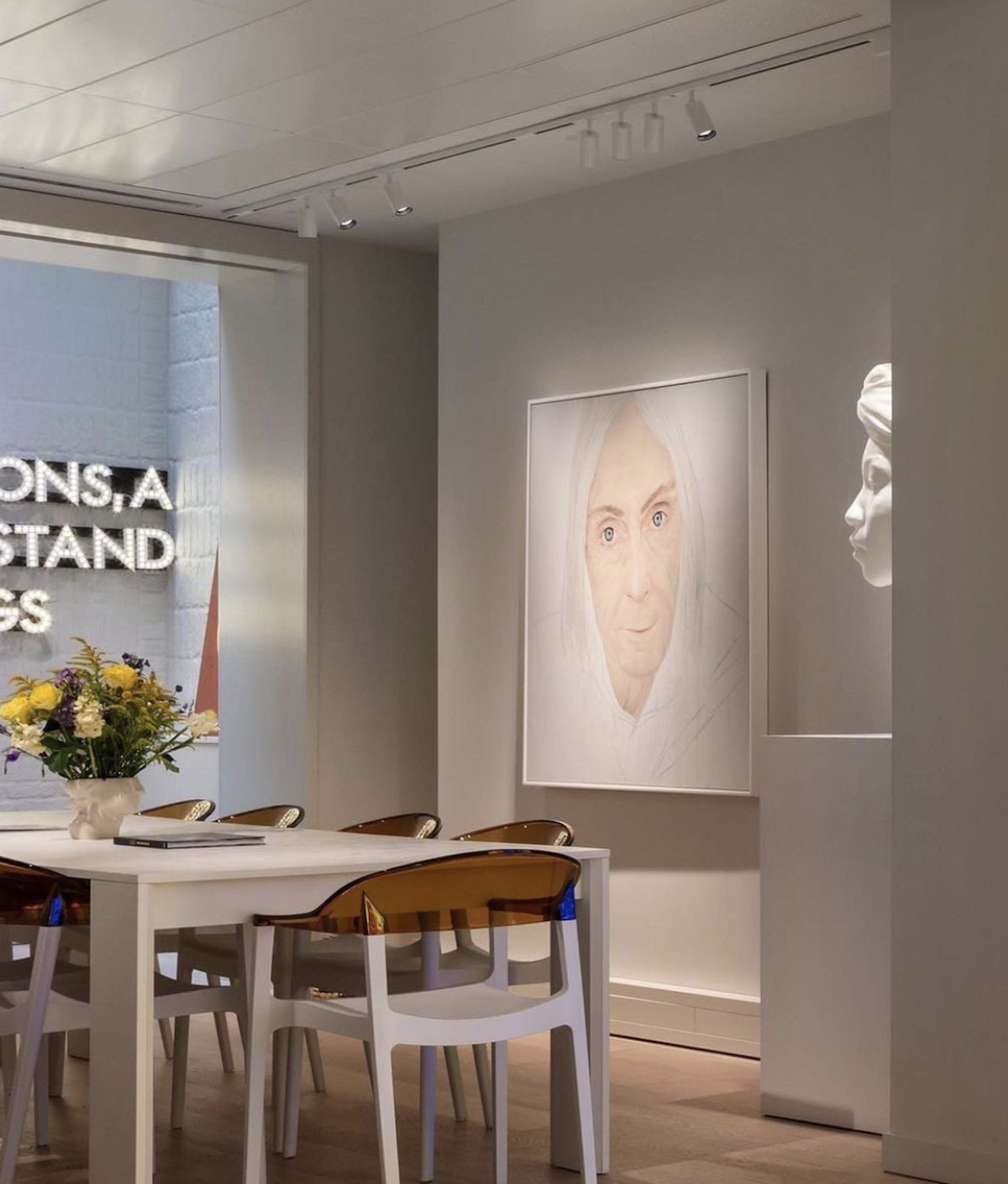
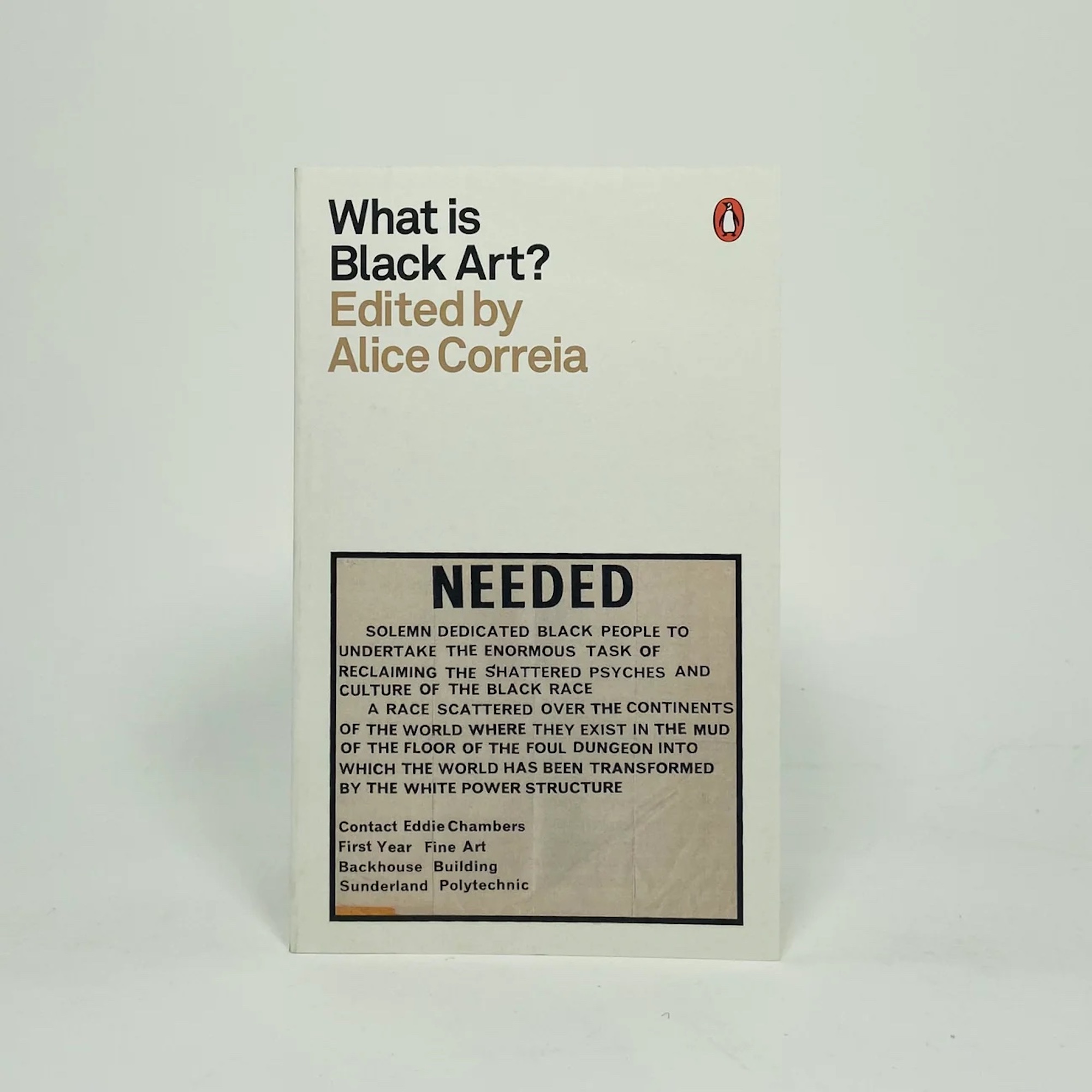
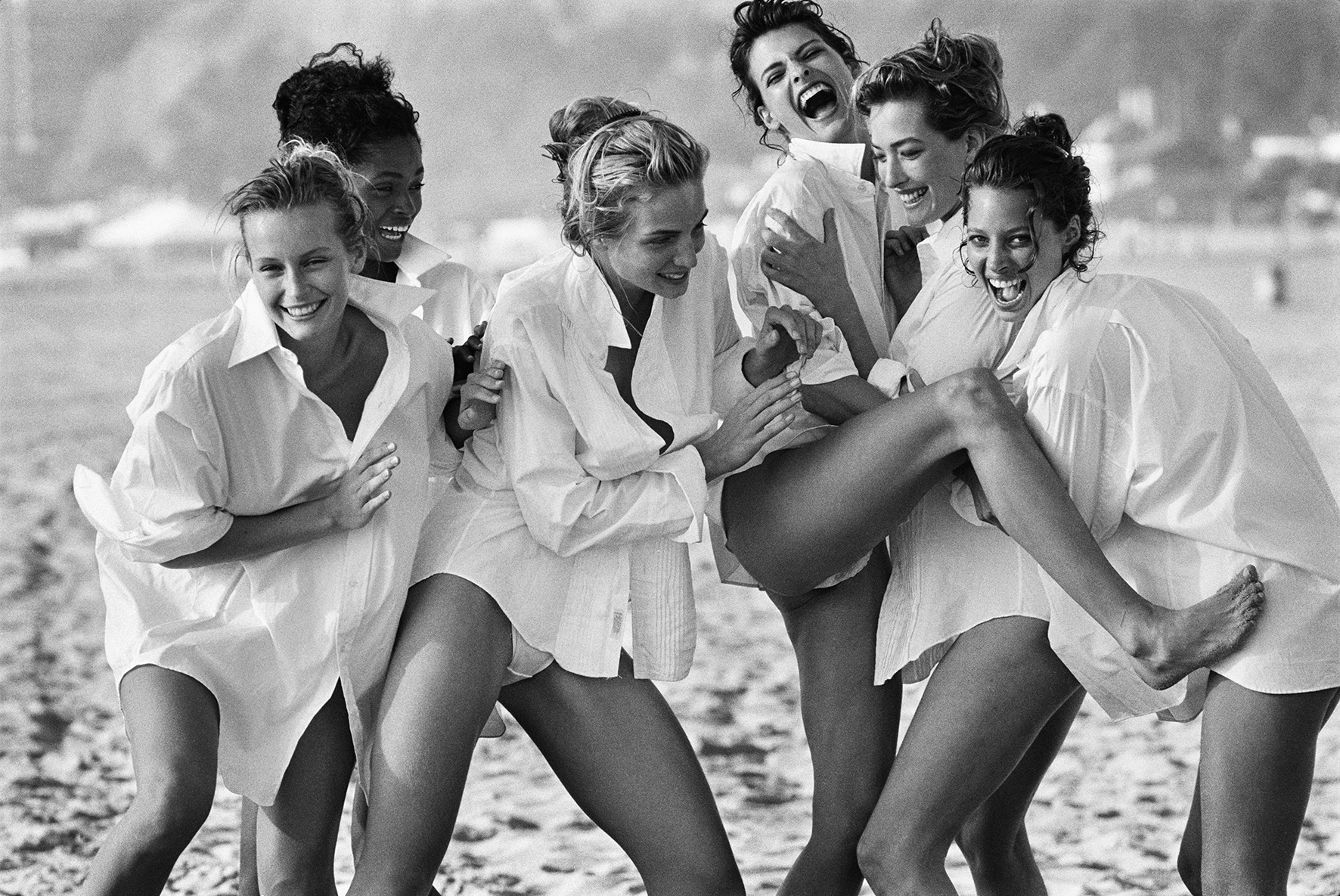
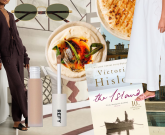


Any Questions or Tips to add?